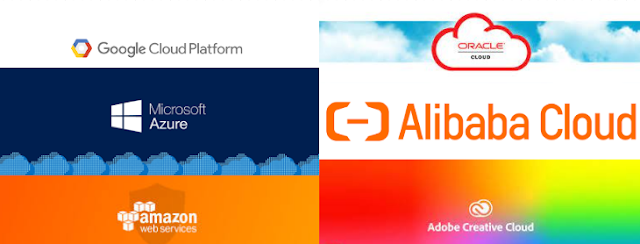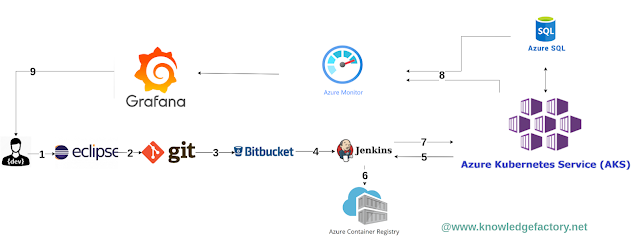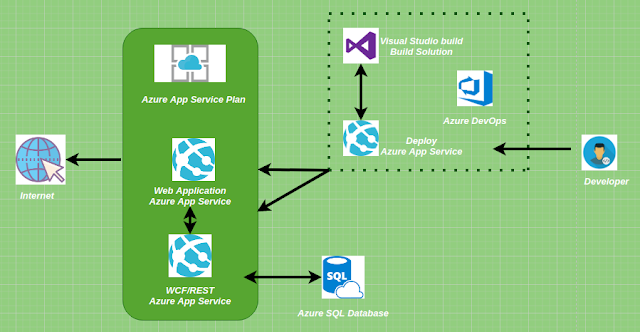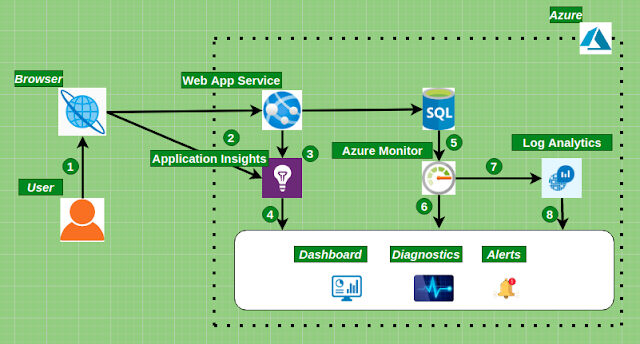Best Cloud Computing Services - 2024

In the past, data was stored on a hard drive on a computer. Today, cloud computing services have replaced hard drive technology. A cloud computing service is nothing but the provision of services such as Storage, Database, Servers, Networking, and Software over the Internet. Few Companies provide these computing services, therefore they are referred to as Cloud Computing Providers / Companies. They charge their users for using these services. The charges are based on the usage of services. With the help of cloud technology, we can create and develop new applications, save and store data, and even host the website. Here is a list of the top Cloud Services implementations. 1. Amazon Web Services It’s the most popular because it was the first of its kind in the cloud computing world. Whether you’re looking for compute power, database management, content distribution or other features, AWS has the tools to help you build advanced applications with increased flexibility, scalabilit







